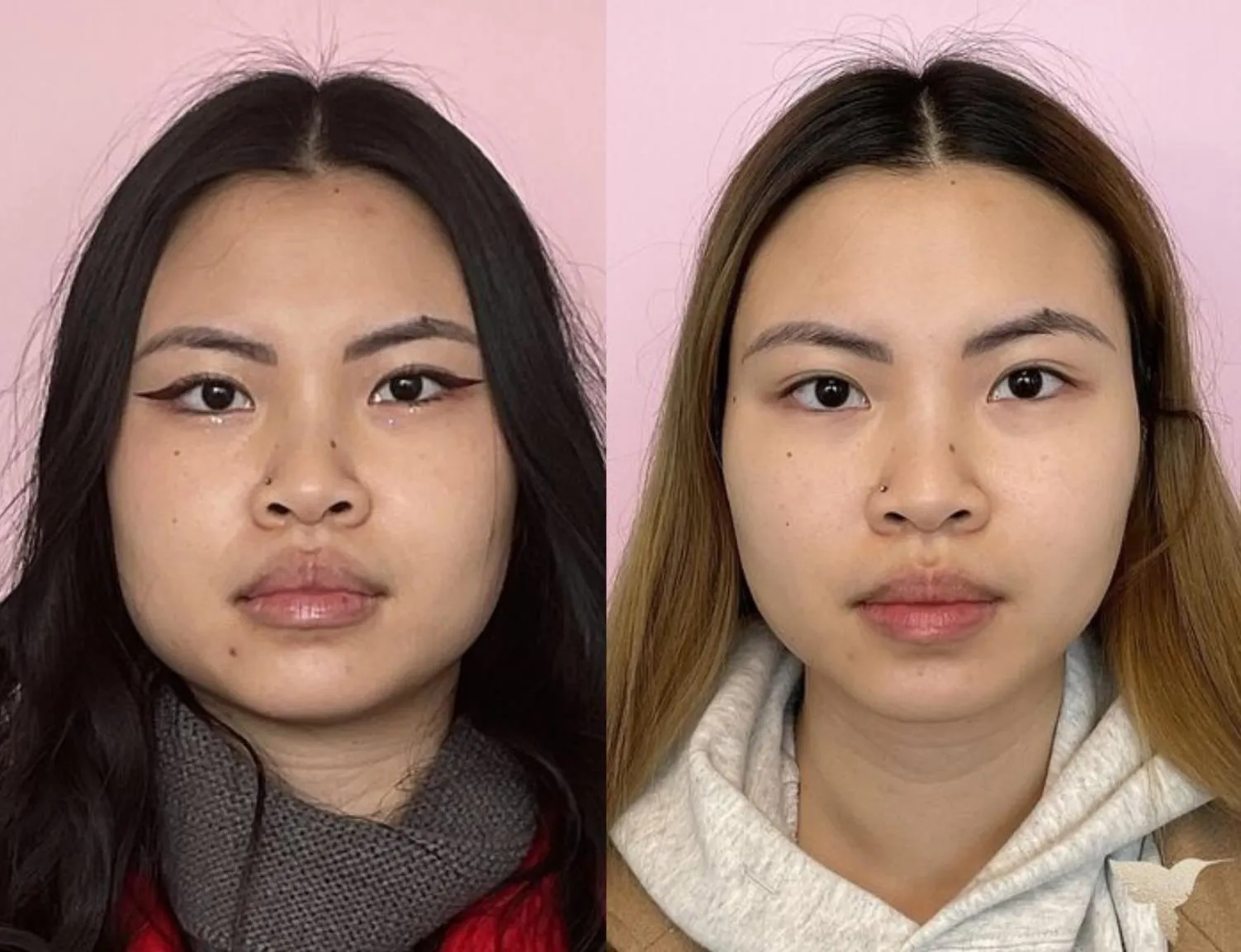
Botox changes jaw shape by relaxing the masseter muscles responsible for chewing and clenching. These muscles lie near the back of the jaw and become prominent with overuse. Some people naturally have strong masseters, while others build bulk from grinding teeth or jaw tension. When the muscle enlarges, the lower face appears broader or more angular. Botox works by reducing muscle activity, allowing it to shrink over weeks. This process is called muscle atrophy—not permanent but long-lasting with repeated treatments. As volume decreases, the jawline appears slimmer without affecting bone or fat. The effect is not immediate but builds subtly over time. Results depend on muscle size, dosage, and how often you use those muscles. This isn’t about removing tissue—just softening a specific muscle’s influence on facial contour.
People often notice the change most when comparing photos taken before and after three months
People often notice the change most when comparing photos taken before and after three months. That’s because the muscle needs time to reduce in size. The slimming isn’t due to swelling or contouring tricks—it’s from real structural softening. It can feel underwhelming at first, especially if you expect overnight change. Some patients think nothing’s happening, only to realize the transformation weeks later. Side views or video tend to highlight the shift better than mirrors. Each person’s timeline is different, based on metabolism and muscle tension habits. For those with significant clenching, reduction can also ease jaw pain and tension headaches. So the benefit goes beyond appearance for many.
A square or wide jaw doesn’t always mean the masseter muscle is responsible for lower face fullness
A square or wide jaw doesn’t always mean the masseter muscle is responsible for lower face fullness. Bone structure, fat pads, and skin laxity also shape how the jaw appears. If the masseter is not the dominant feature, Botox might not deliver a dramatic change. Injecting it in the wrong context can actually make the face look uneven or aged. This is why assessment matters—palpation and muscle testing help confirm whether treatment will be effective. An experienced injector will observe movement, clenching force, and bulk before suggesting Botox. Imaging isn’t necessary, but physical observation is key. The slimmer jawline result comes only when the right target is addressed.
Slimming works best when Botox is placed deep into the muscle belly with even distribution
Slimming works best when Botox is placed deep into the muscle belly with even distribution. This ensures the entire muscle weakens equally and no area is left overactive. Inconsistent placement may cause uneven shrinking or asymmetry during chewing. Providers often use two or three injection points per side to reach the entire masseter. Dosage varies, but higher units are generally needed compared to cosmetic forehead use. In smaller faces, lower doses reduce the risk of unwanted hollowness. Repeat injections build effect over time—typically every three to five months. As the muscle weakens, less product may be needed to maintain shape.
Results are reversible if discontinued, but maintenance is required to sustain the jawline shape
Results are reversible if discontinued, but maintenance is required to sustain the jawline shape. If you stop treating the masseter, the muscle will slowly regain size with renewed activity. Some people maintain results with two sessions a year, while others need more frequent touch-ups. Overuse—like chronic chewing or grinding—can speed regrowth of masseter volume. This is why lifestyle changes, such as using night guards or reducing gum chewing, help extend outcomes. If maintained regularly, the muscle stays soft and the slimmer jawline stays visible. However, it’s not permanent. Patients should be prepared for gradual return to baseline if they pause treatment.
This treatment does not lift or tighten skin—it only reduces muscle volume underneath the surface
This treatment does not lift or tighten skin—it only reduces muscle volume underneath the surface. Some people expect a facelift effect, but Botox in the jaw can’t address sagging. In fact, in older patients with loose skin, slimming the masseter may reveal jowls more clearly. Younger patients with firm skin tend to get the most visible benefit. If laxity is already present, other treatments like ultrasound or filler may be combined. The slimming is subtle and structural—not dramatic or sculpted. Expectations should be set carefully to avoid disappointment. Botox doesn’t move skin—it softens the strength beneath it.
Botox for jawline contouring is medical, not artistic—it requires anatomical understanding, not aesthetic instinct
Botox for jawline contouring is medical, not artistic—it requires anatomical understanding, not aesthetic instinct. Injectors must know the exact depth, location, and function of the masseter. Going too shallow may affect surface muscles, altering the smile or speech. Injecting too high can weaken chewing without any aesthetic gain. Because of this, many providers avoid treating without direct palpation and observation. They may ask patients to bite down during mapping to find the muscle edge. Safe application avoids nearby parotid glands and nerves. Medical precision—not guesswork—leads to the safest and most natural-looking outcome.
Some patients also report reduced headaches and jaw tightness after masseter Botox treatment
Some patients also report reduced headaches and jaw tightness after masseter Botox treatment. This is especially common in people who grind or clench their teeth during sleep. The muscle overworks overnight, leading to soreness, tension, or even ear pain. Weakening the muscle eases this load and can reduce frequency of related migraines. While not FDA-approved specifically for pain, many report secondary relief. These functional benefits often accompany cosmetic improvements but are not guaranteed. Some people even seek the treatment solely for therapeutic reasons. Symptom relief may start within days, while slimming appears weeks later.
Jaw slimming with Botox is a real outcome—but only when the muscle is the dominant feature
Jaw slimming with Botox is a real outcome—but only when the muscle is the dominant feature. For the right patient, the change is measurable, visual, and satisfying. However, for those with heavy bone or deep fat, Botox won’t shift the shape much. It’s not a miracle reshaper—it’s a muscle relaxer. Understanding who benefits most requires facial analysis, not assumptions. That’s why consultation and experience matter more than marketing. The effect is real, but the context defines its success.
